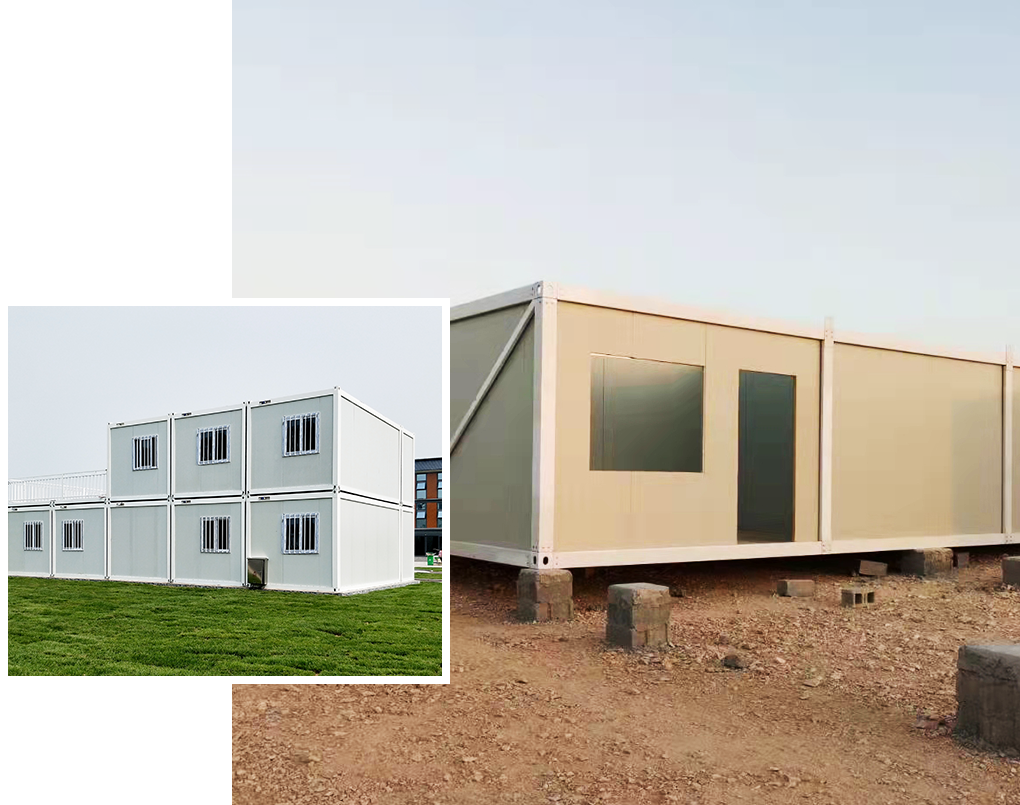The Making Process of Flat Pack Container House
Innovations in the construction industry have led to the development of unique and efficient housing solutions. One such example is the flat pack container house, which is gaining popularity as a cost-effective and sustainable alternative to traditional residential buildings. This blog will delve into the making process of flat pack container houses, exploring how these modular structures are constructed, their benefits, and why they should be considered as a viable option for housing.
Understanding Flat Pack Container Houses
Flat pack container houses, also known as modular or shipping container houses, are created by repurposing shipping containers into livable spaces. These containers, typically made of steel, are designed to be both portable and durable, providing a structurally sound base for building homes. The containers come in various sizes, but regardless of dimensions, the making process remains similar.
Construction Process
Sourcing Containers: The first step in the making process is to source the shipping containers. These can be obtained from shipping yards or manufacturers, ensuring they are in good condition and suitable for the intended purpose.
Site Preparation: Once the containers are acquired, the construction site must be prepared. This involves clearing the area, leveling the ground, and ensuring proper access for transportation and installation.
Design and Planning: Before construction begins, architects and designers collaborate to create detailed plans and configurations for the flat pack container house. This includes floor plans, electrical layouts, plumbing designs, and any necessary customization to meet the client's requirements.
Foundation and Structural Support: A solid foundation is crucial for any construction project, including flat pack container houses. Depending on local building codes and site conditions, options may include concrete piers, concrete slabs, or elevated platforms to provide the necessary stability and protection against moisture.
Container Arrangement: Once the foundation is ready, the shipping containers are transported to the site. They are then carefully positioned and secured depending on the approved design plans. Welding techniques are used to connect containers together and reinforce their structural integrity.
Insulation and Interior Design: Insulation is essential for maintaining comfortable temperatures within the houses. Materials such as foam or spray insulation are used to ensure energy efficiency. Additionally, interior design elements, such as wall partitions, flooring, windows, doors, plumbing fixtures, and electrical installations, are incorporated during this stage.
Finishing Touches: The final step involves adding exterior finishes, such as cladding or painting, to improve aesthetics and protect the building from the elements. Landscaping, drainage systems, and utility connections are also completed to make the flat pack container house fully functional and ready for habitation.
Benefits of Flat Pack Container Houses
The making process of flat pack container houses offers several advantages over traditional housing options. Here are some key reasons why they are gaining popularity:
Cost-effective: Flat pack container houses are significantly more affordable than traditional builds, making homeownership a reality for many who may otherwise be unable to afford a home.
Efficiency and Speed: The modular nature of flat pack container houses allows for faster construction times, reducing labor costs and minimizing disruption to the surrounding environment.
Sustainability: Converting shipping containers into homes promotes recycling and reduces waste associated with demolishing existing structures. Additionally, these houses can be equipped with green technologies for enhanced energy efficiency.
Portability: Flat pack container houses can be transported to different locations, offering flexibility and the ability to adapt to changing needs or situations.
In summary, the making process of flat pack container houses involves sourcing shipping containers, careful planning and design, site preparation, construction, and finishing touches. These homes are not only cost-effective but also provide a sustainable and efficient alternative to traditional housing. With their versatility and customizable options, flat pack container houses are an innovative solution for those seeking an affordable and environmentally friendly living space.
 English
English  français
français  Deutsch
Deutsch  Español
Español  русский
русский  العربية
العربية  tiếng việt
tiếng việt  Indonesia
Indonesia  Latinae
Latinae 



